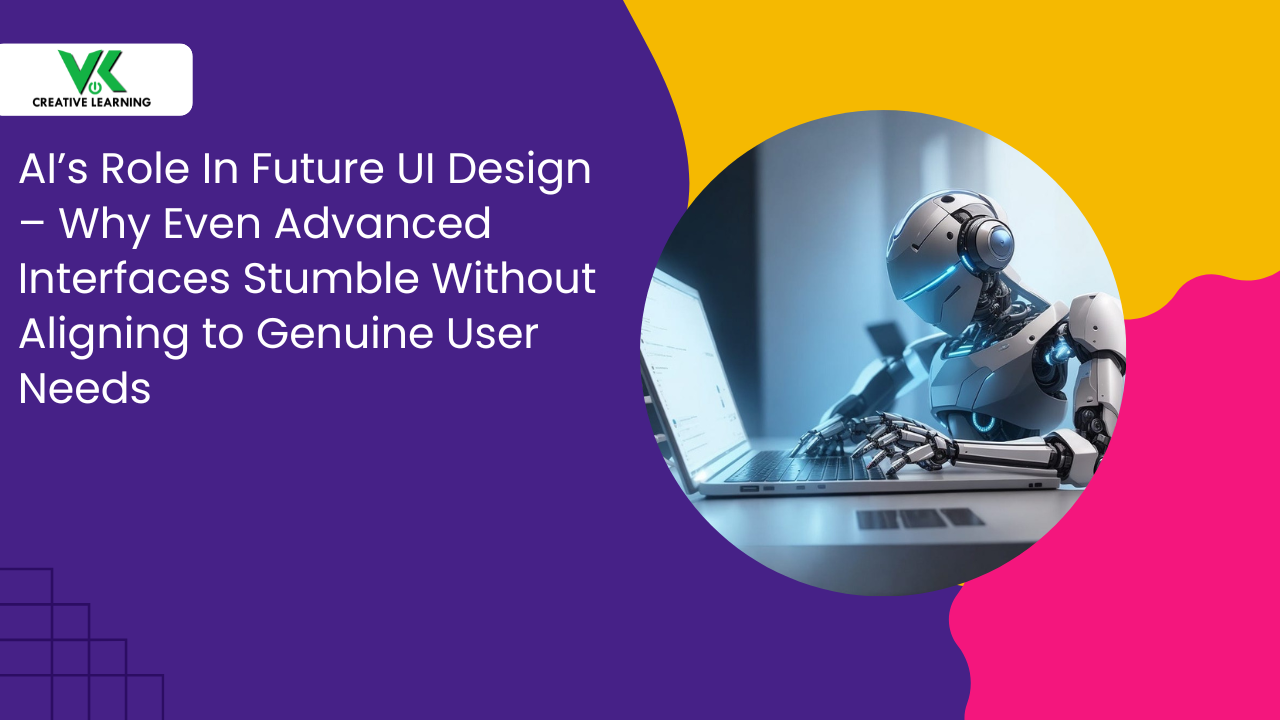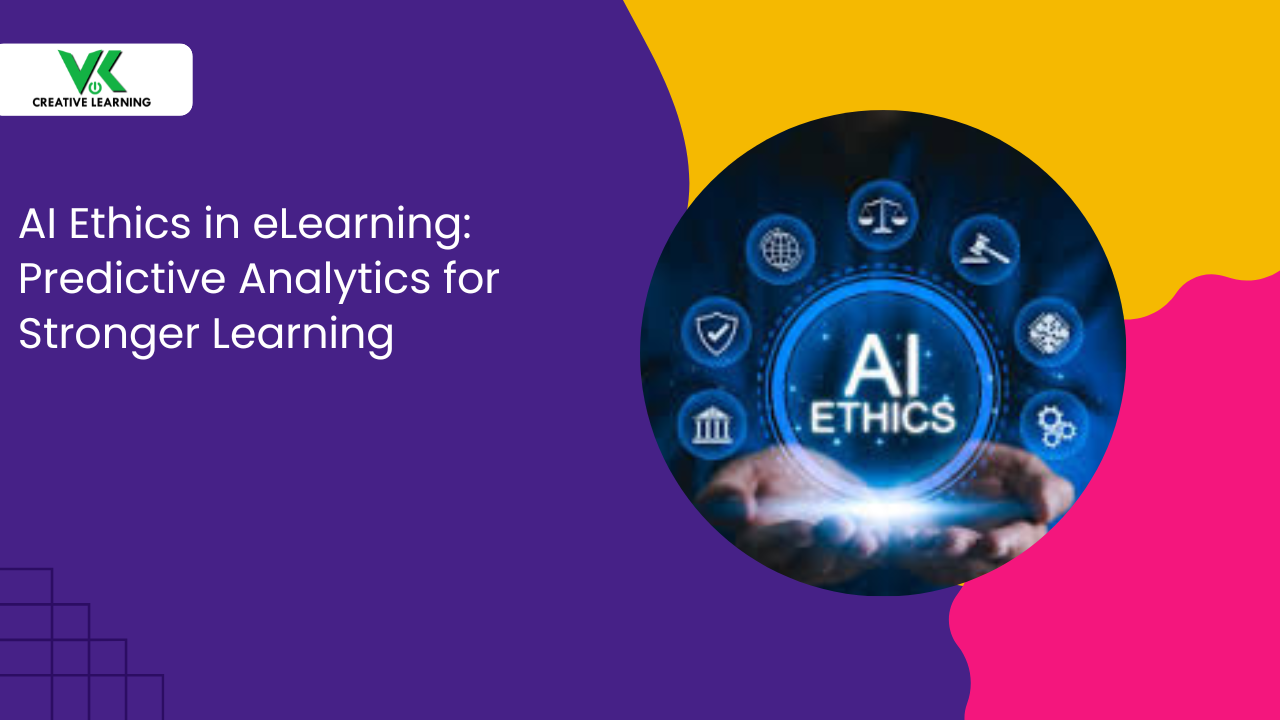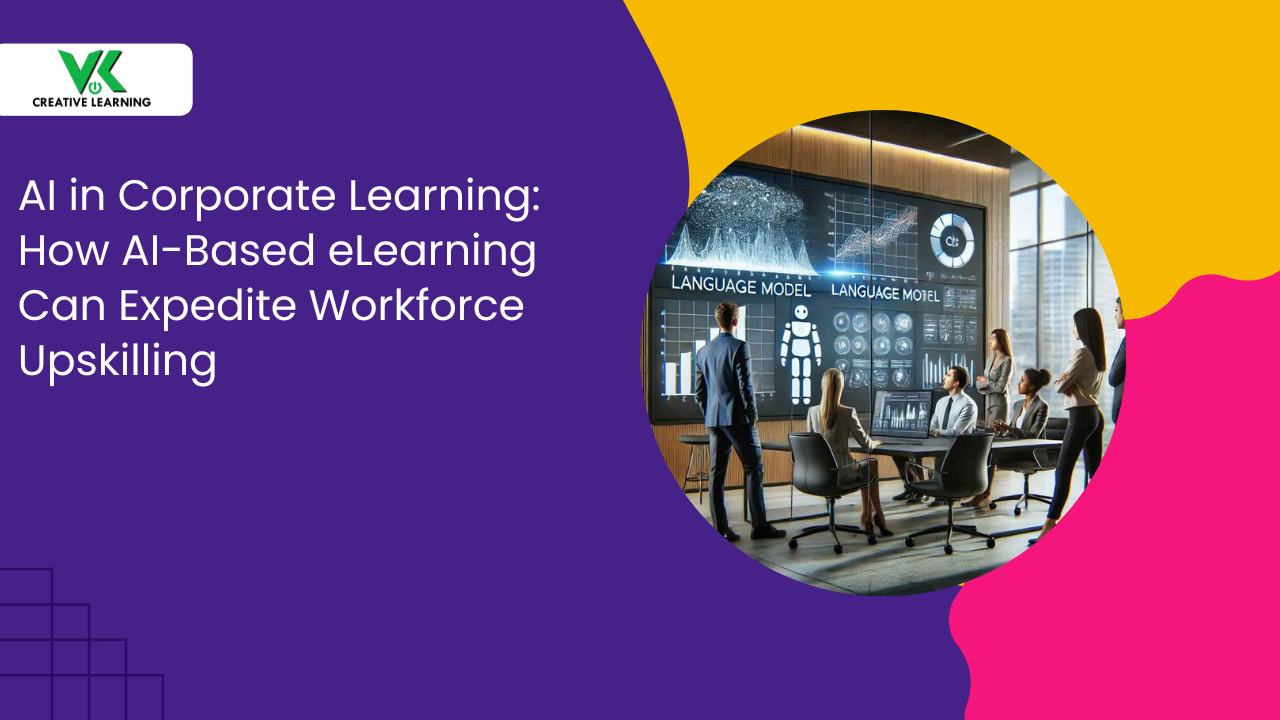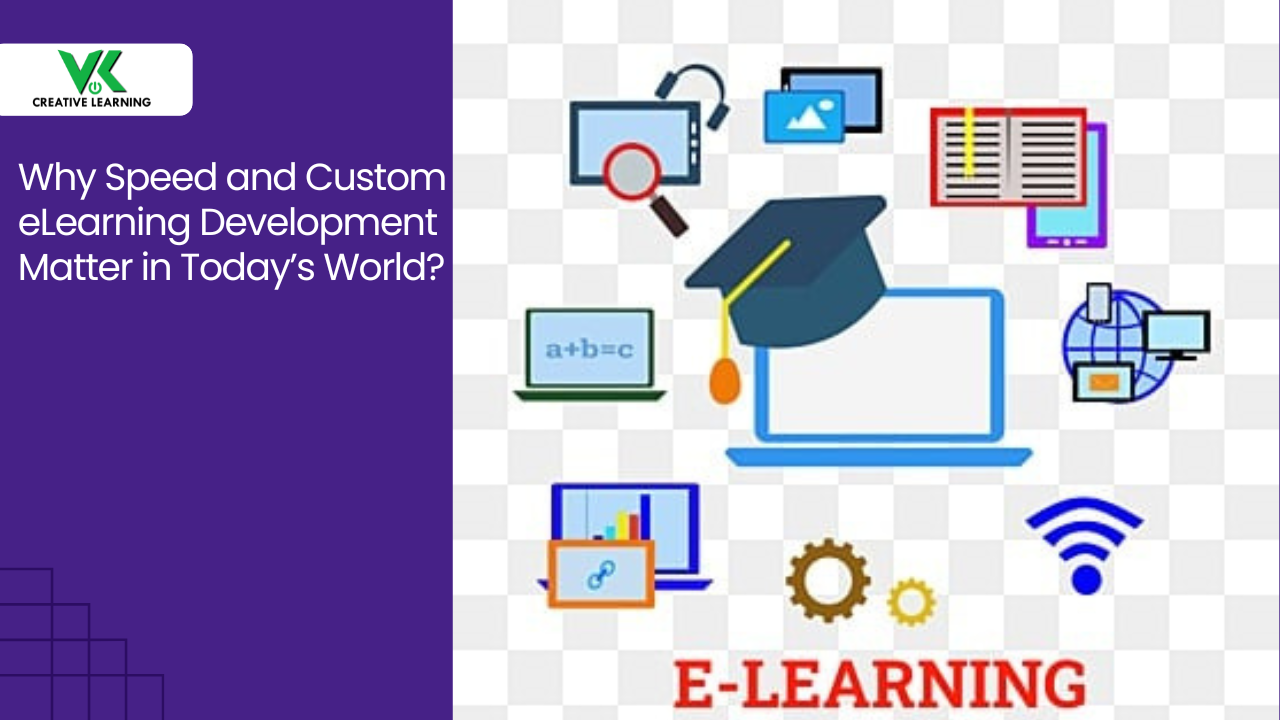Learning Videos: Why 2D and 3D Animation Videos in E-learning Are Better For Absorbing Knowledge Quickly
May 05, 2025
Of late, animated learning videos have turned out to be a popular medium. Common among all types of learners -- students and employees. Category includes corporate staffers and people needing to gain knowledge. Additionally, included in the list are employees wanting to upskill.
When it comes to learning videos, 2D animations and 3D multimedia motion graphics have captured the attention of people. One of the main reasons behind the scene is: active animated and understandable presentations.
The complex topics, as well as jargon, are explained in simple language through video-based learning. This helps the individuals to absorb the knowledge quickly without much effort.
Thus, what was once a difficult task is no more so -- courtesy interactive video learning. Precisely, in regards to soaking in information has turned out to be an interesting task. When information is presented in interactive form, the learning becomes captivating. Importantly, learners get to know something which they didn’t know before -- fresh insights.
Some of the best examples: microlearning snippets, scenario?driven clips, interactive walkthroughs, and case?based vignettes. These features are found in learning videos provided as pert of e-learning platform.
In line with this, we shall learn about 2D and 3D animation learning videos. Also, we will have a look at their interactive forms in detail in the subsequent sections.
Table of Contents:
What Are Learning Videos in E-Learning: Exploring 2D and 3D Animations
Problems Learners Face Without Learning Videos – Quick Look
- Cognitive Overload During Training
- Difficulty Grasping Abstract Concepts -- Visualizing the Intangible Through Animation
- Low Engagement in Remote Learning
Real-Life Benefits and Application Scenarios With Learning Videos (Animations)
- Onboarding
- Elevating STEM Understanding
- Visual Training for Machinery and Software
- Adapting to Swift Learning Preferences
What Are Learning Videos in E-Learning: Exploring 2D and 3D Animations
Learning videos in e-learning use animations in 2D and 3D formats to explain concepts. This helps in visualizing the concepts and understanding them. With 2D animation, it becomes possible to provide concept explanation -- a minimalistic graphic representation.
Hence, it becomes easier for the students and employees to grasp intricate concepts quickly. Consequence: no need to think too much about how theories work as animations are provided.
In addition to this, flow charts and diagrams about the concepts are provided so that it sticks to the memory.
With 3D animations, a realistic environment is rendered with objects just like in real life. Therefore, deeply immersive situations are shown to the learners with voice-over narrations.
Also, interactive video learning (2D and 3D animations) helps to accommodate individuals with varied learning styles.
Ultimately, video-based learning smartly blends imagery (detailed level) and sound. This aids in solidifying topics taught to the learners comprehensively.
Problems Learners Face Without Learning Videos – Quick Look
Cognitive Overload During Training
Learning course materials (text-based) may contain a lot of mind-boggling technical jargon. This can be a difficult situation for the learners as they are not acquainted with those terms.
Along with dense text, there can be algorithm diagrams, interfaces (clunky), and detailed protocols.
The presence of all these elements can become an overload for learners. This could result in comprehension frays (inability to absorb information) and cause a surge in engagement.
Solution: Reducing Cognitive Strain with Animation
With high-end 2D/3D animation modules in e-learning courseware, the game changes. Information is presented in bite?sized video-based learning (step?by?step workflows in visuals/infographics) – simple and small units.
Importantly, while doing so, the core aspect of the concept is explained with multiple examples. This measure of inclusion of learning video animations diminishes the mental strain considerably.
Consequently, learners are able to gain a strong hold on subject matter mastery -- be it students or employees. This, eventually, leads to the acceleration of the absorption of complex information.
Essentially, with all measures in place, learners’ confidence blossoms. From a firm’s perspective, the set milestones through training are achieved faster than ever.
Difficulty Grasping Abstract Concepts -- Visualizing the Intangible Through Animation
Abstract theories (molecules, systems), presented to students and employees, can slip past the retention process. Additionally, the absence of experimental exploration (practically) in labs strengthens subject-matter comprehension for students.
Similarly, the absence of guides (manuals, training books) with multiple examples and case studies can further aggravate the circumstances.
Also, guides without multiple examples and case studies can cause the same effect. This is especially true for concept retention among students, interns, and experienced employees.
These methods have inherent flaws in them as they lack visualization elements. These faltered methodologies can sow a feeling of frustration among learners.
However, there are 3D learning video animations in e-learning on various topics – for students and professionals. As a consequence, there is less dealing with abstract concepts. Precisely, abstractive concepts (scientific, mathematical, data fetching) become easy to understand.
This becomes possible as they turn into tangible models (prototypes, interactive video visuals, and schematics).
Meanwhile, the inclusion of 2D visuals further simplifies the intricate notions and symbols. Symbols in this case refer to arrows, legends, and icons used in math, science, and other streams.
The incorporation of multiple video-based learning and interactive elements brings in clarity. Overall, all types of animated modules (tutorials, walkthroughs, and simulations if needed) bridge the widening gap that exists in concept comprehension.
Low Engagement in Remote Learning
Remote learners can often get a feeling of being sidetracked; result: losing focus, boredom creeps in. Thus, inactive viewing on books or manuals can make learners passive onlookers -- unfortunate.
Nevertheless, with interactive learning videos being infused in learning material, the facet of learning changes. Especially with the introduction of aspects such as quizzes (multiple choice questions or simple sorting from a range of choices).
Also, the inclusion of hotspots (example: glossary link, info pop-up) embedded within animations enriches knowledge uptake. This makes active participation possible as engaged learners feel the need to learn more -- how amazing is that?
Additionally, the incorporation of immediate feedback to instructors helps to rectify the learning path. Further, if required, the course creation can be improved to ensure that comprehension is easy.
Importantly, through educational graphic material, understanding is thoroughly cemented. This is a huge impact of learning multimedia explanations (2D and 3D explanatory videos); interaction and knowledge gaining at its best!
Real-Life Benefits and Application Scenarios With Learning Videos (Animations)
Onboarding
Onboarding of new employees: motion-visuals (concept-based explainers, graphics-explanatory images) incorporation can be useful. With this measure, it becomes possible to initiate smooth employee transitions – easy induction.
Notably, the infusion of 2D animated modules can display all process workflow. Thus, animated videos with explanations serve as useful blueprint guides.
Elevating STEM Understanding
Academic books (subject or topic-based) will require visuals for explaining concepts. This can be planetary motion, statistical probability, or even cases of algebraic expressions.
With three-dimensional animations in e-learning, labs lab-like environment is created virtually.
Two-dimensional animations in courseware may provide detailed explanations with proofs in steps. Some best examples of 2D learning videos can be: trigonometric identities, molecular structure, or geometric concepts.
Visual Training for Machinery and Software
Certain sophisticated tools require proper maintenance on a regular basis -- high-end machines, servers, robotic arms, etc. This can happen even while handling chemicals or biological organisms. Other areas can be coding on specialized software or working on CAD systems and simulators based on various processes.
Consequently, 3D animations may offer representations of various scenarios in a workplace. Result: employees can gain a thorough understanding of all kinds of theories. They can display various types of equipment functioning, just as it happens in the workplace.
So, this turns out to be a no-risk kind of exploration for newbies, and uptake of information is swift too!
Furthermore, the insertion of graphical images (2D form) in learning videos further provides detailed information. In addition, entailed are quizzes with multiple options as hints – may have negative marking.
The presence of a smooth and well-laid-out interface with functionalities aids the learning journey. Hence, applications of the equipment can be checked as when needed in an e-learning courseware.
Thus, aspirants can soak up information on multiple types of processes virtually -- through detailed animations. All these measures pull back any kind of possible hazards that may occur during operations on machines or chemicals. These instructions, shown step by step, can help to cut down the expenditure cost massively.
Adapting to Swift Learning Preferences
Learning videos come very handy when there is a shortage of time, a busy day. Hence, it becomes usual for employees with a tight schedule. The same applies to students weighed down with projects.
Additionally, fleeting attention span plays its own role in making the learners distracted. Add to this, text-laden textbooks or manuals that scare away the learners.
However, 2D and 3D interactive video learning in e-learning chunks the complex ideas into little-sized information. This makes the chapters and the topic easy to absorb from the learners’ perspective. Further, engagement ignites among learners to go through the topics or concepts.
All in all, there are many benefits of using learning videos for gaining knowledge purposes. Students can excel in their learning, and employees can upskill as per the market needs.
Conclusion
VK Creative Learning has been known for creating custom learning videos -- 2D and 3D animations. Consequently, the content is made to be in sync with diverse learners - visual or hands-on practice types.
Additionally, VKCL creates advanced types of animations for academic and different types of industries. Above all, VKCL creates interactive learning videos that have clarity as well as engagement.




